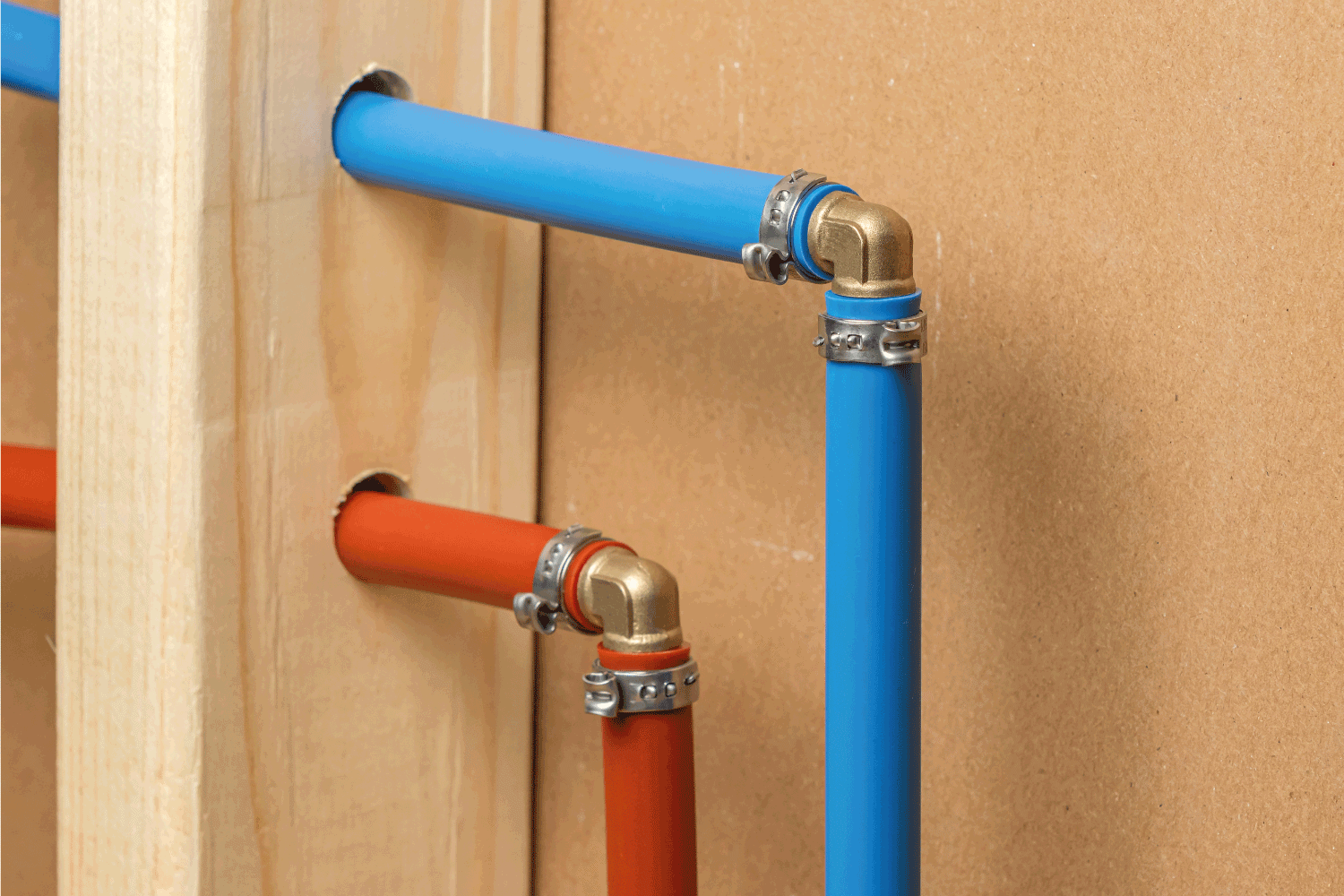Oh, the dreaded bathroom remodel. With all the plumbing, no wonder this job is such a pill. As you update your vanity, you may find your pipes outdated, rusting, or with hard water damage and desire to replace them. In which case, you may be wondering, what size drain pipe is best for a bathroom sink? We've done the research to tell you exactly that.
The standard size for a bathroom sink drain pipe is 1.25 inches in diameter. However, this is determined based on your state's housing code, and you may find that they suggest 1.5 inches or 1.65 inches in diameter, and your home has been built with this plumbing standard. For best practice, purchase a drain pipe that is the same size as the drain hole.
Determining the correct size for the drain pipe in your bathroom is important for several reasons. Keep reading to learn more.

Choosing The Right Drain Pipe
Adhering To Housing Codes
You will find that although the standard for bathroom sink pipes is now 1.25 inches in diameter, your home may not have been built with this in mind. Most homes are fashioned according to the state or local government housing codes. These codes were put in place to ensure functional, safe homes for the municipality's citizens.
You must keep to these codes to protect the integrity of your house, especially to resell. Always check your local government's housing code as you remodel.
Functionality
We can all agree that plumbing issues are particularly unpleasant. You will want to be sure that you install the correct size drainage pipe in your bathroom to prevent these issues from occurring.
If your drainage pipe is too small, you are likely to experience clogs and insufficient drainage. On the other hand, if you choose a drainage pipe that is too large or not uniform to the rest of the plumbing, you may have leaking and thus subsequent damage to other parts of the bathroom or floor below.
Types Of Sink Drains
Almost as important as choosing the correct size for your drain pipe is selecting the right type of drain. There are three basic types of drains.
Grate
A grate drain is a drain that acts as a strainer with no close. This type of drain is only typically used in showers, but theoretically, it could be an option for your bathroom sink if sized correctly. This would be best for you if you desire to prevent clogs from debris, such as shed hair, and if you believe you will not need to hold water in your sink basin.
Check out this grate drain for a bathroom sink on Wayfair.
Pop-up
A pop-up drain is another popular choice. With traditional pop-up drains, a lever on the faucet was used to open or close the drain. However, in newer versions, the user opens and closes the drain by applying pressure with their finger. This is easily installed and removed.
Take a look at this matte black click drain on Amazon.
A lift and turn drain looks very much like the pop-up drain but differs in user function. This type of drain features a grip. A user can close the drain by lifting and open it by turning. This type of drain is very easy to install, versatile, and able to be used with just about any kind of bathroom sink.
Check out this oil-rubbed bronze lift and turn drain on Amazon.
Related Questions
What is the standard installation height for a bathroom sink drain?
You will find that the standard height for installing a sink drain line is 22-24 inches from the bathroom floor. Once again, you want to check your local government's housing codes for more specific instructions and adhere to these codes as closely as possible.
However, keep in mind that the installation height may differ based on your chosen vanity's construction and height, and you must carefully mark out where the drains and water lines will be placed.
Does a bathroom sink come with a drain?
Typically, this is not the case. A bathroom sink is usually one piece and does not include any plumbing parts. Faucets, however, very often come with corresponding drains.
When choosing a bathroom sink, you should always look at the type of sink and drain you would like simultaneously. You will want to make sure that the bathroom sink has the correct construction for the size of faucet and drain you desire.
What type of pipe is best for plumbing?
There are two pipe materials that are best for replacing piping in a residential home. These are copper and PEX.
Copper has long been trusted as an ultra endurable material for pipes. Most manufacturers offer a 50-year warranty on this piping. It is resistant to leakage and holds up against extreme hot and cool temperatures. In addition, copper is healthy for your family. The metal naturally reduces bacteria growth, and it will not contaminate drinking and bathing water with toxins.
This piping does come with a hefty price tag. As an investment in your home, it is definitely worth the cost.

Another good option is PEX piping. This may be your best bet if you are on a budget when replumbing your home. It holds up well against hot and cool temperatures, and it prevents the build-up of limescale and chlorine. It is also easily installed and costs much less than copper.
You get what you pay for, though. This material has half the expected lifespan of copper piping.

In Closing
A bathroom remodel can be a somewhat confusing process. Making sure you purchase the correct plumbing fixtures and piping is vitally important to creating a functional, as well as beautiful, bathroom. That includes choosing the right size drain pipe to fit your sink drain and wall line. The standard for this fixture is 1.25 inches in diameter, but keep in mind, this could vary up to 1.65 inches in diameter, and you must consult your municipality's housing codes beforehand.
Have more questions about your bathroom remodel? Visit our related posts:
How Much Does It Cost To Install A Bathroom Sink And Faucet?


